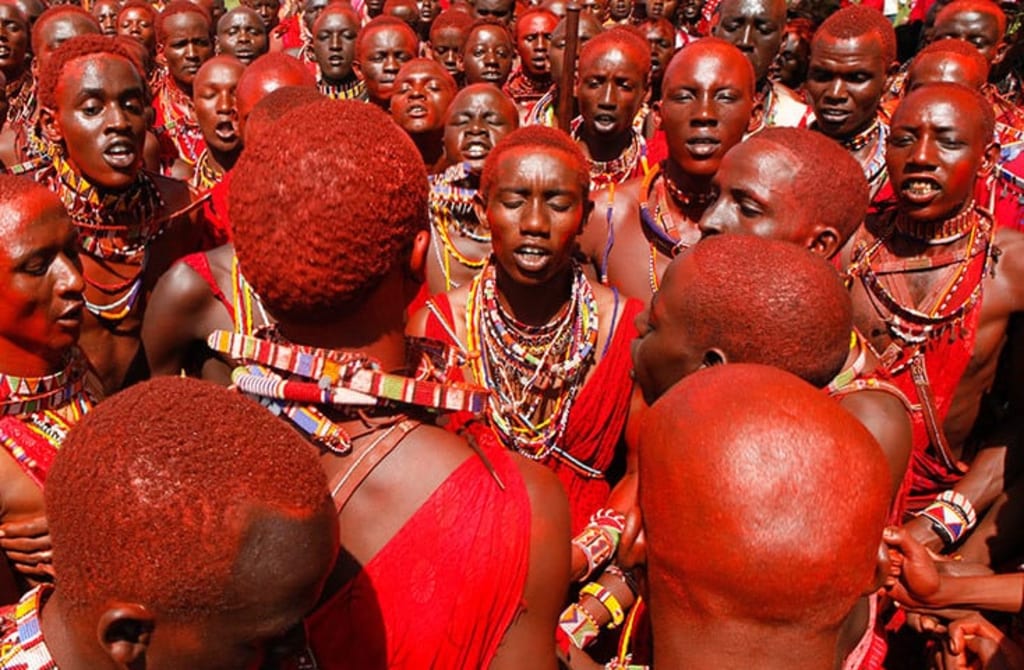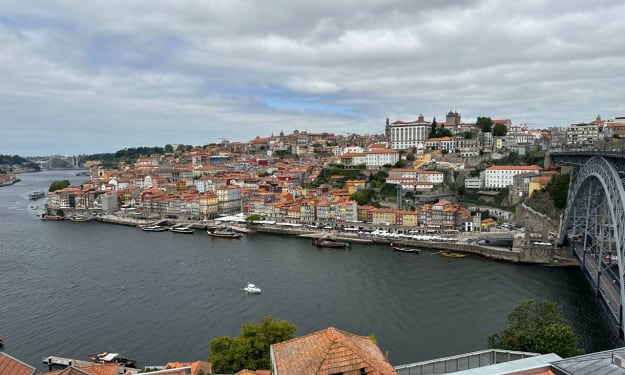THINGS YOU NEED TO KNOW ABOUT THE MAASAI
The Maasai are an extraordinary people with an even more extraordinary culture. They have lived in areas of Tanzania and Kenya for hundreds of years and graze their precious cattle in both countries even today. Originating from ancient lands and simpler times the Maasai can trace themselves back hundreds of years. But the way they live today still reflects both when and where they came from. Maasai culture is unique and their customs are sometimes thought of as controversial. But their story is a very human one.

1) THERE ARE OVER 1 MILLION OF THEM
The Maasai are great in number. The most recent records say that there are 841,622 of them in Kenya and 430,000 in Tanzania. Even though the Maasai live a simple life, they still thrive in spite of our quickly developing world. In fact, their population has probably been increasing. In 1989 their numbers were recorded at 377,089!The Maasai, when their numbers were much smaller, are thought to have travelled down from the Nile Valley in the North. Because they language is a spoken one, they have carried this and other pieces of history down through oral tradition for centuries.
2) THEIR LANGUAGE IS CALLED MAA
The Maasai language called ‘Maa’ is spoken but not generally written. When you have such a strong oral tradition there’s almost no reason to write anything down at all. In fact, the oral tradition of the Maasai people carries such weight that they decided to name themselves after it. In simple terms, the name ‘Maasai’ itself means ‘people who speak Maa’.The Maasai people are so strong and their language so spirited that many other tribes have abandoned their mother tongues in favour of speaking Maa.Another interesting fact is that Maa is related to the ‘Latuko language’ spoken in Southern Sudan. This makes the idea that the Maasai originated from the area even more likely.
3) THEIR COWS ARE THEIR LIVES
Cows come before everything else for the Maasai. They are the single most important aspect of their lives. The Maasai men take great pride in herding as their cows are their most prized possessions. Because the Maasai are spread across such vast expanses of land, they have the opportunity to meet fellow tribespeople from far away. This presents the Maasai with a great opportunity to use their cattle to barter with. A good herd of cattle is a great sign of wealth in the same way an expensive sports car might be to us.
4) THEY’RE NOMADS
Well, technically they’re semi-nomadic. They move themselves and their livestock to the tune of a communal land management system based on seasonal rotation. Recently there have been whispers that consumerist nations should pay attention to this sort of seasonal rotation. The reason being that it’s seen as much more sustainable than the ‘take, take, take’ attitude of many developed countries. The nomadic way of life goes back to the roots of all human history which makes the Maasai extra special. They and a handful other peoples across the world are our last living link to our distant past.
5) THEY HUNT LIONS
The Maasai take lion hunting very seriously indeed. Lions are never hunted for fun and it’s not uncommon for this extremely dangerous practice to result in hunters being injured or killed. Going on a solo hunt for a male lion (they don't hunt females) is seen by the tribe as a display of great courage and strength. But in recent years the lion population has dwindled due to disease. The Maasai created a new rule that means they can now only hunt in groups, allowing the lion population to recover. The practice has a deep traditional root that cultivates a fearlessness among the tribe’s warriors. While these hunts may seem very different to Western practices, they’re of great importance to the Maasai people. These people have lived here in this way for centuries and seeing them firsthand will make the rest of the world seem a million miles away.
6. Society & Property
Maasai status in their society was dictated and measured by how many cattle a male owned. Livestock was an indicator of prosperity and animals were commonly offered as part of a bride price, but the Maasai did sometimes lend their cattle to kinsmen in difficulties, too. In a certain sense, cattle held communities together by providing a common and mutually beneficial bond of ownership. Animals were herded by specific members of kin groups, but the whole belonged to the wider social unit irrespective of their actual geographical spread. The emphasis on cattle and the large number required to support a family did have unfortunate repercussions for the poorer members of Maasai society. In times of drought when milk was in short supply or animals even died, those with only a small herd were forced to farm or hunt for themselves, which as we have seen above, was regarded as the ultimate failure.
7. Are Maasai circumcised?
The type of circumcision that the Maasai perform is called clitoridectomy, in which the entire clitoris or part of the clitoris, and at times the adjacent labia, is removed. The primary reason female circumcision is practiced among the Maasai is that it is considered a rite of passage
8. Tribal Dance Culture of Maasai People
Masai people are probably one of the most known, famous and picturesque ethnic group in Africa. They are settled in spacious steppes of Kenya and northern Tanzania. They keep on loyalty of their tradition and there is much presented a romantic image of an »authentic African tribe«. Although, it has to be admitted that even Masai people nowadays succumb to the influence of Western world. Due to establishing national parks, many Masai people have been evicted from their homelands. Those who still live there, are still practicing semi-nomadic way of life, just the same as they have been doing their ancestors many centuries ago.Masai people, especially men, are known to be brave and proud. Apart from this, their feature is being tenacious warriors, wearing typical red checkered clothes, called kanga and holding spears or wooden sticks. To prove their strength and maturity, they jump in the air as a part of traditional dance
9. Maasai diet
Traditionally, the Maasai rely on meat, milk and blood from cattle for protein and caloric needs. People drink blood on special occasions. It is given to a circumcised person (o/esipolioi), a woman who has given birth (entomononi) and the sick (oltamueyiai). Also, on a regular basis drunk elders, ilamerak, use the blood to alleviate intoxication and hangovers. Blood is very rich in protein and is good for the immune system. However, its use in the traditional diet is waning due to the reduction of livestock numbers. More recently, the Maasai have grown dependent on food produced in other areas such as maize meal (unga wa mahindi), rice, potatoes, cabbage (known to the Maasai as goat leaves), etc. The Maasai who live near crop farmers have engaged in cultivation as their primary mode of subsistence. In these areas, plot sizes are generally not large enough to accommodate herds of animals; thus the Maasai are forced to farm. Our people traditionally frown upon this. Maasai believe that tilizing the land for crop farming is a crime against nature. Once you cultivate the land, it is no longer suitable for grazing.






Comments
There are no comments for this story
Be the first to respond and start the conversation.